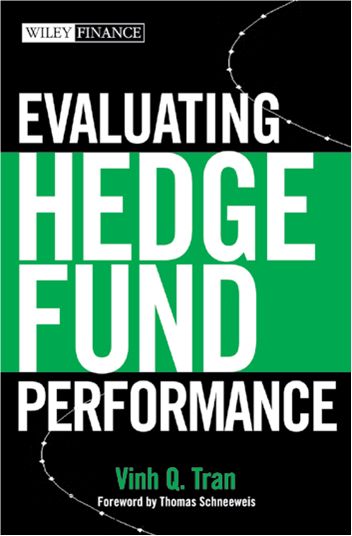July 6, 2010 – A review of Market Upside Down by Madan Sabnavis in Businessworld.
The Money Manager’s Trapeze -- Vinh Q. Tran focuses on how to preserve capital value while lowering risk factors to earn money when the markets are “upside down”.
Predicting the future is hazardous, besieged as it is with mistaken signs and distorted rear view mirrors, made foggier with the passage of time and emotion. These words of Vinh Q. Tran summarise the substance of his book as he guides investors into doing the right thing with their money even in the wrong times.
In Market Upside Down, Tran’s attention is directed primarily to those who may be saving for post-retirement and would like to preserve their capital value and earn something above it. More importantly, they would like to lower their risk as much as possible. The focus is, hence, on how to earn money when the markets are “upside down”.
Tran manoeuvres your thought process through the beta curves (market risk exposure) and alphas (excess returns over the market adjusted for beta) to warn us against some common fallacies that we make while investing. A rising market is a no-brainer because you would gain at some time.
But Tran believes that this will not always hold if the downward cycles last longer — which is uncertain — and one gets caught at this time when searching for liquidity. Tran gives his version of the financial crisis, and feels the resuscitation packages have not taught us our lessons, and institutions may be engendering a new one.
This, combined with the fact the hegemony of the US dollar is eroded, means things could change drastically anytime. This view may change today in light of the Greek and Euro crisis where the dollar has once again become important, albeit by default.
Tran’s suggestion is that those who rely on stockmarkets after retirement should not enter the market as ‘strategists’ thinking the ‘bull run’ has begun. In the past cycle after the tech rally, the Dow had returned to the start after a sharp fall of 44 per cent. So, the concept of mean reverting can catch the investor in this trap.
Tran’s analysis of US markets shakes the shibboleths that have been held sacred. The first of them is that one cannot take the position that one can never lose in the long run, as the period is not defined. This is a major blow for your investment advisor who makes such a loose statement.
The second is the theory that stockmarkets are an inflation hedge. It works only in half the number of observed cycles, which shatters the image that has been held all along.
The third myth is that cost averaging yields optimal results. This debunks our own concept of systematic investment plans. This is quite a revelation that can leave the small investor wondering what to do as we are told that SIPs are the way out for an apprehensive investor.
The fourth myth broken is that risk and return go together. This questions the basis of the wisdom spewed in textbooks that correlates the two in terms of a trade-off. And the fifth one is an even greater blow to the theory of finance: VaR (value at risk) does not work as the Dow has recorded losses of 30 per cent or more very often. This comes as a shocker for the normal curve and its theories.
Further, few funds have a beta substantially lower than or greater than one, and few really outperform the market. We need to watch the regular analysts’ reports more closely to look beyond those numbers when they talk of the fund beating the market.
Finally, believing that the market is mean reverting could be an error as the time points can never be known.
In that case, how much should we put in stocks? One option is to think of how much of our wealth are we willing to lose. Now, just double it and put it in stocks. Another idea is to simply subtract our age from 100 and keep that proportion in stocks. These thumb rules are worth pursuing.
Tran suggests that we follow the policy of absolute return strategy where we diversify across equities, bonds, commodities, etc. in relation to our age profile. While this is again common-sense, the book should be viewed more as a reminder of moving towards ‘sanity’ while “we try and discern the contours of a vague outline”.
The book is recommended for all those who are attracted by the benefits of the market — often reiterated by our investment advisors. But reading this twice may make a first timer remain on the periphery of the market.
Author's Details:
Vinh Q. Tran has worked as a money manager for Morgan Stanley, Bank of America and Aetna Life and Casualty for 20 years. He has taught advanced investment as adjunct professor of finance at New York University’s Stern School of Business, and is the author of Evaluating Hedge Fund Performance. Tran holds a Ph.D. and MBA in finance from George Washington University.
Sabnavis is chief economist at CARE Ratings
(This story was published in Businessworld Issue Dated 28-06-2010)
Source: http://www.businessworld.in/bw/2010_06_19_The_Money_Managers_Trapez.html


